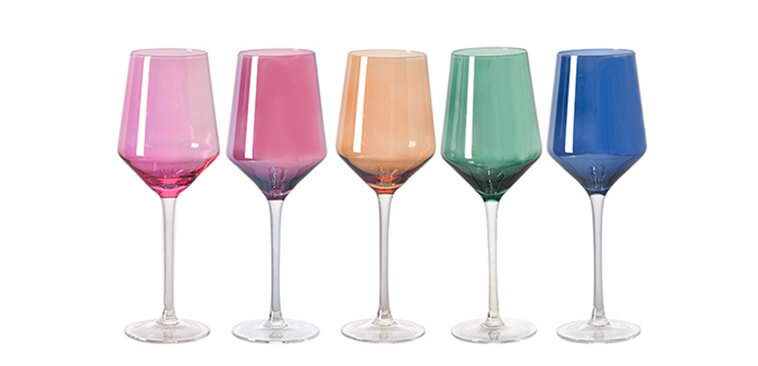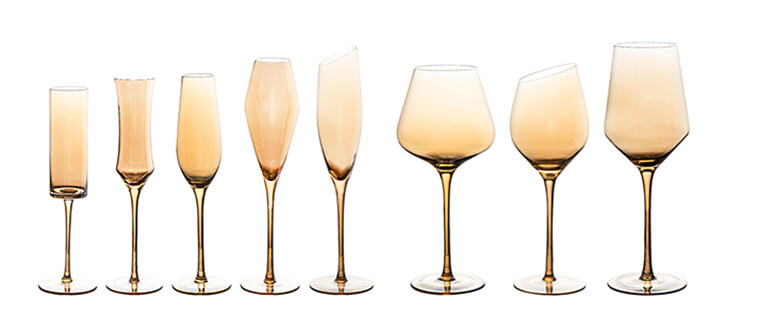Wine bottle sizes have always intrigued both the casual drinker and the wine connoisseur alike. There’s a certain charm in understanding not just the flavors and origins of a wine, but also the story behind the various bottle sizes it may be housed in. This knowledge is not only fun but also practical, especially when planning events or simply enjoying a bottle at home.
Why Bottle Size Matters
Knowing how many glasses you can pour from each bottle size enhances your ability to host and serve wine more effectively. Whether you’re hosting a large gathering or enjoying a quiet evening with friends, the size of the wine bottle you choose can influence the overall experience. This guide aims to demystify the relationship between bottle sizes and the number of glasses they yield, ensuring you’re always prepared, no matter the occasion.
Standard Wine Bottle Sizes and Their Origins
A Brief Overview of Bottle Varieties
The world of wine is as diverse in its packaging as it is in its flavor profiles. Three standard bottle sizes dominate the shelves: the Standard, Magnum, and Jeroboam. Each has its own place in wine history and serves different purposes in the world of wine storage and consumption.
The Standard Bottle: The Wine World’s Benchmark
The Standard bottle, holding about 750 ml of wine, is the most common and perhaps the most iconic of all wine bottle sizes. This size became the industry standard due to its practicality for individual consumption and ease of handling. Historically, the 750 ml bottle emerged in Europe during the 19th century when glass bottles began to be produced en masse. The size proved ideal for fermentation and aging, making it the preferred choice among vintners and consumers alike.
Larger Than Life: Magnum and Jeroboam
Moving up in size, the Magnum contains 1.5 liters of wine, equivalent to two standard bottles. Magnums are particularly prized in the wine community for their aging potential. With the same neck size as a standard bottle but with much more volume, the Magnum offers a slower oxidation process, allowing the wine to mature more gracefully.
The Jeroboam, stepping up the scale, holds 3 liters of wine, equivalent to four standard bottles. Named after a biblical king renowned for his vast kingdom, this size is often reserved for celebrations or as impressive displays in wine collections. Originating from the need for larger bottles during lavish banquets, the Jeroboam remains a symbol of festivity and abundance in the wine world.

How Bottle Sizes Affect Wine’s Taste and Storage
Influence on Wine Aging
The size of a wine bottle can significantly affect how a wine ages. This is primarily due to the ratio of air (or oxygen) to wine in the bottle. Larger bottles such as Magnums and Jeroboams have a lower air-to-wine ratio, which means the wine oxidizes more slowly. This slower oxidation rate allows the wine to age more gradually, potentially developing richer and more complex flavors over time.
Practical Storage Considerations
Storage is another crucial aspect affected by bottle size. Larger bottles often require special considerations due to their size and weight. For example, not all wine racks are built to accommodate a Magnum or larger, and additional space in a wine cellar might be necessary. However, for collectors and enthusiasts, the benefits of slower aging often outweigh these practical challenges.
Calculating Wine Glasses Per Bottle
Understanding Glass Capacities
Before calculating how many glasses you can get from each bottle size, it’s essential to define what constitutes a “standard” wine glass. Typically, a standard glass is considered to hold about 150ml of wine. This measurement serves as the base for our calculations across different bottle sizes.
Standard Bottle Calculations
From a 750ml Standard bottle, you can typically pour five glasses of wine, assuming you’re using 150ml per glass. This makes the standard bottle ideal for small gatherings or personal enjoyment across several days.
Larger Bottles, More Glasses
For a Magnum (1.5 liters), you would get about ten glasses, making it perfect for larger parties without the need for multiple bottles. Similarly, a Jeroboam (3 liters) provides roughly twenty glasses, suited for large gatherings or celebratory events where wine is a central feature.
Quick Reference Guide
To simplify, you can use the following guidelines for quick calculations:
- Standard (750ml): 5 glasses
- Magnum (1.5 liters): 10 glasses
- Jeroboam (3 liters): 20 glasses
This sectioning not only makes it easier to understand how many glasses come from each bottle but also helps in planning events and ensuring you have enough wine to serve all your guests adequately.

Visual Guide or Chart
Simplifying Wine Measurements
To make it even easier to visualize how many glasses you can pour from different wine bottle sizes, below is a simple chart:
| Bottle Size | Volume | Glasses (150ml each) |
|---|---|---|
| Standard | 750ml | 5 |
| Magnum | 1.5 liters | 10 |
| Jeroboam | 3 liters | 20 |
This chart serves as a quick reference that you can come back to any time you’re planning a wine purchase or preparing to host an event.
Special and Less Common Bottle Sizes
Exploring Exotic Dimensions
While Standard, Magnum, and Jeroboam are common, the wine world also revels in even more unique and less common bottle sizes. These include:
- Split: Holding just 375ml, this is half the size of a standard bottle, perfect for those who want to enjoy a couple of glasses without opening a full bottle.
- Rehoboam: With a capacity of 4.5 liters, this bottle size is great for larger parties, often used in celebratory contexts.
- Methuselah: An impressive 6 liters of wine, equivalent to eight standard bottles, this size is a showstopper at events and is favored for its grandeur and novelty.
These sizes are not only practical in specific scenarios but also add an element of fun and festivity to wine drinking.
Conclusion
Understanding wine bottle sizes is more than just practical; it enriches your appreciation of wine culture. Whether you’re storing wine for aging or selecting the perfect bottle size for an upcoming event, the knowledge of different bottle capacities and their effects on wine taste can greatly enhance your wine experience.
We’ve explored how these sizes impact the wine’s aging process, how many glasses you can pour, and even looked at some unique sizes that might be less common but are certainly noteworthy. This guide should equip you with the confidence to make more informed decisions when interacting with the diverse world of wine.


